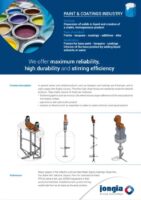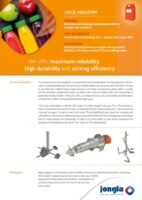U-Z Turbine Mixing Element
Arms and legs, a ribbon, a combination of an anchor and an axial flow turbine…
What is not said about the UZ Turbine mixing element? Obviously, if the UZ mixing element has a very recognizable shape, then it must also be a very special mixing element. And so it is!
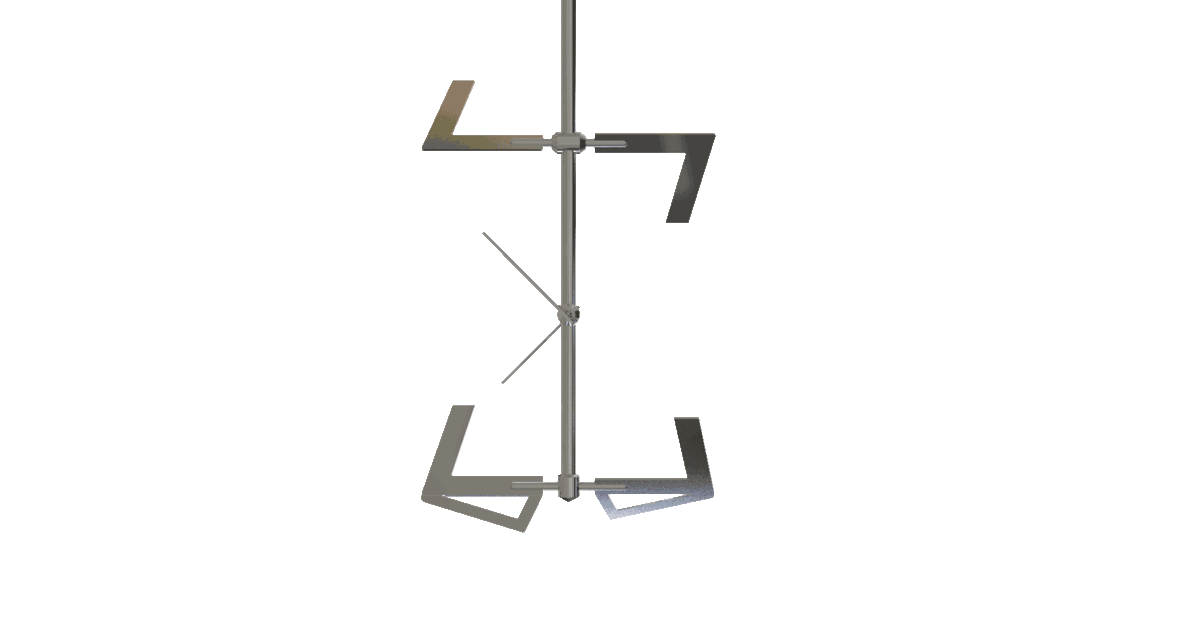
The UZ mixing element contains the following properties:
- It can Thrust, Scoop and Pump.
- This is ideal for medium viscous liquids
- It has a constant power input regardless of the liquid level
- It is characterized by a large ratio between mixing element diameter and tank diameter
- It is usually positioned decentralized and does not require baffles
- Because of the low required rotations, it is also used on fragile products
- The tip speed is low, the shear is low, because of the shape and therefore there is also a relatively low power consumption as a result
- The arms and legs cover almost the entire cylinder that the agitator occupies
- Ideal for use during tank emptying and filling, this agitator can just keep running on the liquid level
- It is a good alternative for the “Gate” agitator element
- Despite the fairly large surface of the agitator elements, it is easy to clean due to its shape, as there are virtually no blind spots in Jongia Mixing Technology’s design
- It is often used in the dairy industry, such as for yogurt or pro-biotic drinks
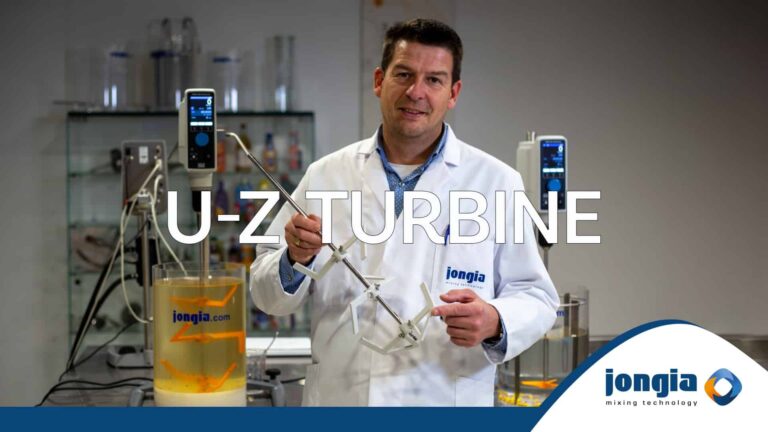
Tutorial U-Z Turbine Mixing Element
To explain the working principle of the Jongia UZ-Mixing Element, we have created a tutorial to learn more about the Jongia UZ Mixing Element. Arms and legs, a ribbon, a combination of an anchor and an axial flow turbine… What
Frequently Asked Questions
What are the main functions of the UZ mixing element?
The UZ mixing element can thrust, scoop, and pump, making it versatile for different applications. It is especially ideal for processing medium viscous liquids due to its efficient design, ensuring effective mixing and movement within tanks.
How does the UZ turbine maintain power input?
The UZ turbine has a constant power input that remains unaffected by the liquid level in the tank. This feature ensures stable performance, making it reliable for various mixing conditions and optimizing operational efficiency throughout its use.
Is the UZ mixing element easy to clean?
Yes, the UZ mixing element is designed for easy cleaning due to its unique shape, which virtually eliminates blind spots. This allows for efficient maintenance and hygiene compliance, particularly important in industries such as dairy processing.
In which industries is the UZ turbine commonly used?
The UZ turbine is often utilized in the dairy industry for products like yogurt and probiotic drinks. Its effective mixing capabilities cater to the specific needs of this industry, ensuring consistent product quality and performance.
How does the UZ turbine compare to traditional agitators?
The UZ turbine is a good alternative to traditional gate agitators, offering advantages like lower required rotations, low shear, and reduced power consumption. Its decentralized positioning and design enhance mixing efficiency, particularly during tank filling and emptying processes.
Contact our specialized team for all your questions

Tom Pruymboom
Sales Director
Area Worldwide

Bart Brouwer
Area Sales Manager
Area Worldwide
Related Articles
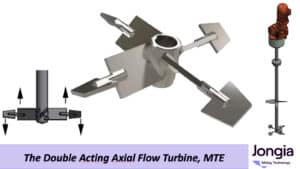
The Double Acting Axial Flow Turbine type AST-MTE mixing element
Operation of an AST-MTE Element Operation of an AST-MTE Element This element can be used in both CW (clockwise) and CCW (counterclockwise) directions. In one case, the inner AST element is downward-pumping with the outer tips pumping upward, and in
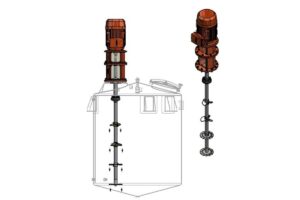
High-Speed Disperser Technology: The Engineering Behind Effective Mixing
A Technical Guide by Jongia Mixing Technology Core Function High-speed dispersers excel at three critical tasks: Fracturing powder agglomerates into fine particles Creating uniform powder distribution throughout liquid mediums Facilitating complete dissolution of soluble materials Operating Principles High-speed dispersers transform
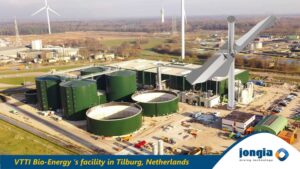
VVTI Biogas Tilburg
VTTI Biogas Tilburg is developing a new bio-energy facility, focusing on processing organic waste. The plant is expected to produce approximately 23 million cubic metres of biogas annually. A portion of this will be converted into green gas for the


